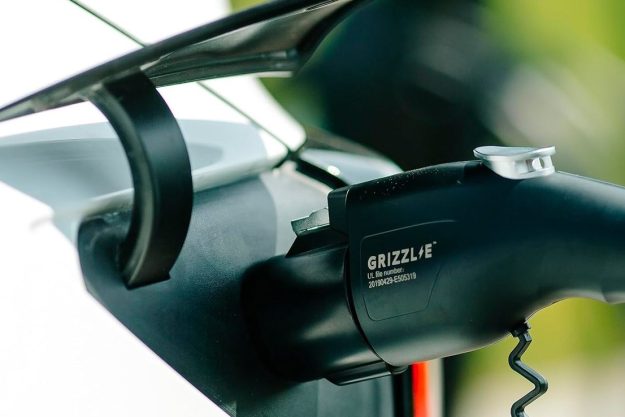England-based Caterham has unleashed a new version of the Seven called 310. And while Seven derivatives are a dime a dozen, the 310 is boldly billed as the perfect balance of power and handling.
At its core, the Seven 310 is an evolution of the existing 270 model. It uses a naturally-aspirated 1.6-liter four-cylinder engine borrowed from the Ford parts bin and tuned to provide 155 horsepower at 6,800 rpm — 20 more than the 270 — and 121 pound-feet of torque at 4,100 rpm. Those figures aren’t eye-popping, at least not on paper, but it’s important to remember the 310 tips the scale at just 1,190 pounds. Consequently, it hits 60 mph from a stop in five seconds flat.
Enthusiasts are encouraged to use the Seven 310 as a blank canvas to create their ideal sports car. On one hand, those looking to hit the track can order the optional R Package, which brings upgrades such as a limited-slip differential, a lightweight flywheel, a sports suspension, composite seats with four-point harnesses, and a carbon fiber dashboard. On the other hand, those planning to use the 310 as a daily driver can select the S Package, which adds full carpet, a full windshield, a heater, leather upholstery, and — last but not least — a soft top.
Caterham’s initial plan was to bundle the components that differentiate the 270 from the 310 into an aftermarket package aimed at racers, but engineers decided it was so good to drive that it needed to join the lineup as a regular-production model. Even the company’s executives are surprised with how well the Seven 310 turned out.
“It’s like an unplanned baby. A wonderful surprise that instantly becomes your favorite. We weren’t expecting it but, of course, we wouldn’t change a thing now. If Caterham was only going to make one car for the rest of its days, this would be it,” explained Simon Lambert, the firm’s chief motorsport and technical officer.
Read more: The driver-focused 620S is Caterham’s best argument against self-driving cars
The Caterham Seven 310 is on sale now in England with a base price of 24,995 pounds, a sum that converts to approximately $33,000, though buyers can save money by ordering it as a kit and putting it together Ikea-style. The bad news for enthusiasts is that, as of this writing, it doesn’t sound like the Seven 310 will be offered on our side of the pond.




